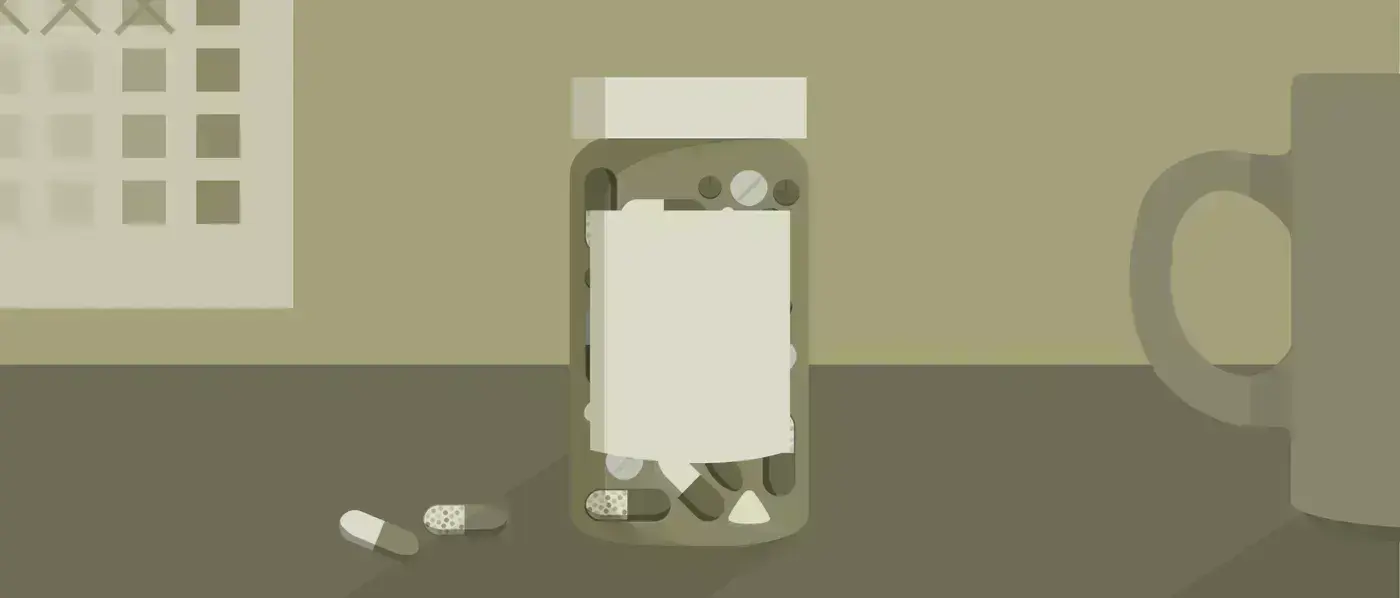Pharmacological treatment for depression
National Institute for Health and Care Excellence (NICE) Clinical Guidance (CG90)
For people with moderate or severe depression, provide a combination of antidepressant medication and a high-intensity psychological intervention (CBT or IPT)1
Depression is a clinically heterogeneous disorder, and as such can be treated through several approaches.1
Five classes of antidepressant treatments are available for depression therapy, and all affect the concentrations of one or several of the monoaminergic neurotransmitter systems within the neuron or in the synaptic cleft. However, each class also offers differences in efficacy, tolerability, pharmacodynamics and pharmacokinetics.
Here is a table which provides an overview of the different classes of antidepressant treatments, presented in chronological order of introduction to the clinic:
Multimodal antidepressants broaden our existing clinical spectrum of antidepressants, offering an increased variety of pharmacotherapies for the treatment of depression.7
In recent years, an additional class of antidepressants has emerged with heterogeneous yet specific molecular targets. There are now several drugs in the clinical repertoire which are described as having multimodal modes of action. This means that they exert their therapeutic effects through a combination of targets including ion channels, receptors and neurotransmitter reuptake transporters. This broadens our existing clinical spectrum of antidepressants, offering an increased variety of pharmacotherapies for the treatment of depression.7




